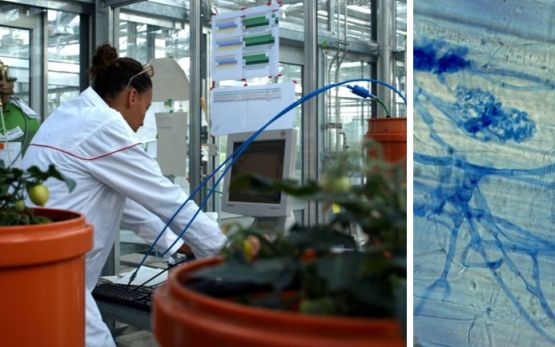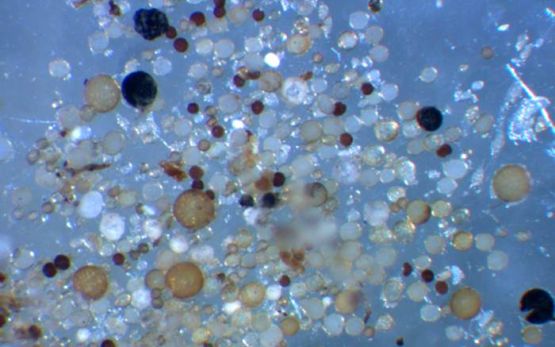Mycorrhizal fungi live in symbiosis with terrestrial plants, and as ‘living fertiliser’ are capable of effectively absorbing nutrients from the soil and providing them to the plants. The targeted use of mycorrhizal fungi can therefore reduce nutrient loss from leaching and increase the sustainability of agricultural production.
Over 230 species of arbuscular mycorrhizal fungi are known worldwide; however, the manner in which the individual species differ in their benefit for the host plant and in their nutrient balance has been little researched. The importance of the composition of mycorrhizal communities for the agroecosystem is also still unclear. Since mycorrhizal communities differ considerably from one crop rotation to the next and one form of management to another, a clarification of their importance for nutrient balance and plant productivity, and hence for agricultural use, is indispensable.
In this thematic block, we examine the following questions in greenhouse and on-farm studies:
- Can mycorrhizal fungi reduce nutrient loss and sustainably promote plant growth?
- How do mycorrhizal fungi distribute nutrients in the ecosystem?
- How do changed climatic conditions influence the effects of mycorrhizal fungi?
- What importance do fungal species and the composition of mycorrhizal communities have for plant productivity and other ecosystem services?







